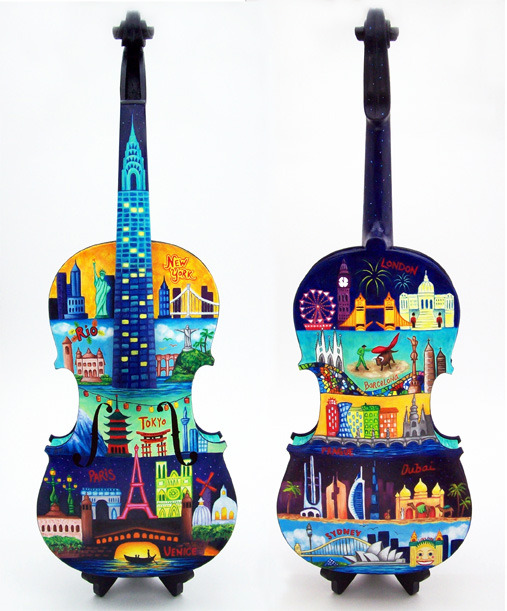Welcome to our forum. A Message To Our New and Prospective Members . Check out our Forum Rules. Lets keep this forum an enjoyable place to visit.
Currently working on errors from the latest (SimplePress) forum update. Many issues have been resoled and others are being worked on. Thank you for your patience.
 Topic RSS
Topic RSS



 (2 votes)
(2 votes) Regulars
 Online
Online





[all frequencies approximate for ease of comprehension and mental arithmetic]
You may know that when you mix two frequencies [in a non-linear mixer] you get sum and difference frequencies outputted. e.g. input 99 and 100 HZ and the output is 1 Hz, 99 Hz, 100Hz and 199Hz. That 1Hz is otherwise known as the beat frequency. When you try to tune two notes, you tune them to be exact so that the beat is zero. 100Hz and 100Hz would then just give 200Hz, but that would be hidden among the harmonics anyway.
I heard this on my violin today for the the first time. Initially it worried me, in case there was something wrong with my violin, but luckily the frequencies were easy to find and verify. I was double-stopping C# and A (ca. 550Hz and 880 Hz) on the A and E strings and I could hear an E (the difference, 330Hz).
The sum would have been 1430 HZ, between F and F#. Luckily it was too quiet to hear.
If you wanted to try the experiment, this one would be quite a nice example.
Andrew
Verified human - the ignominy!
Regulars
 Offline
Offline







Regulars
 Online
Online





Regulars
 Offline
Offline







Regulars
 Offline
Offline








@Gordon Shumway -
Nice experiment! I can hear a tone, but couldn't say exactly what. (lol)
Grandkids say I sound like a Harmonica!
Here's a great little video on "Tartini tones" by William Fitzpatrick.

- Emily (paintings by Cat Pope)
@stringy - Glasscutter, like in cutting sheets of glass? Or, like cutting a design in glass - e.g., Waterford Cut Crystal?
1 Guest(s)


 Log In
Log In Register
Register







